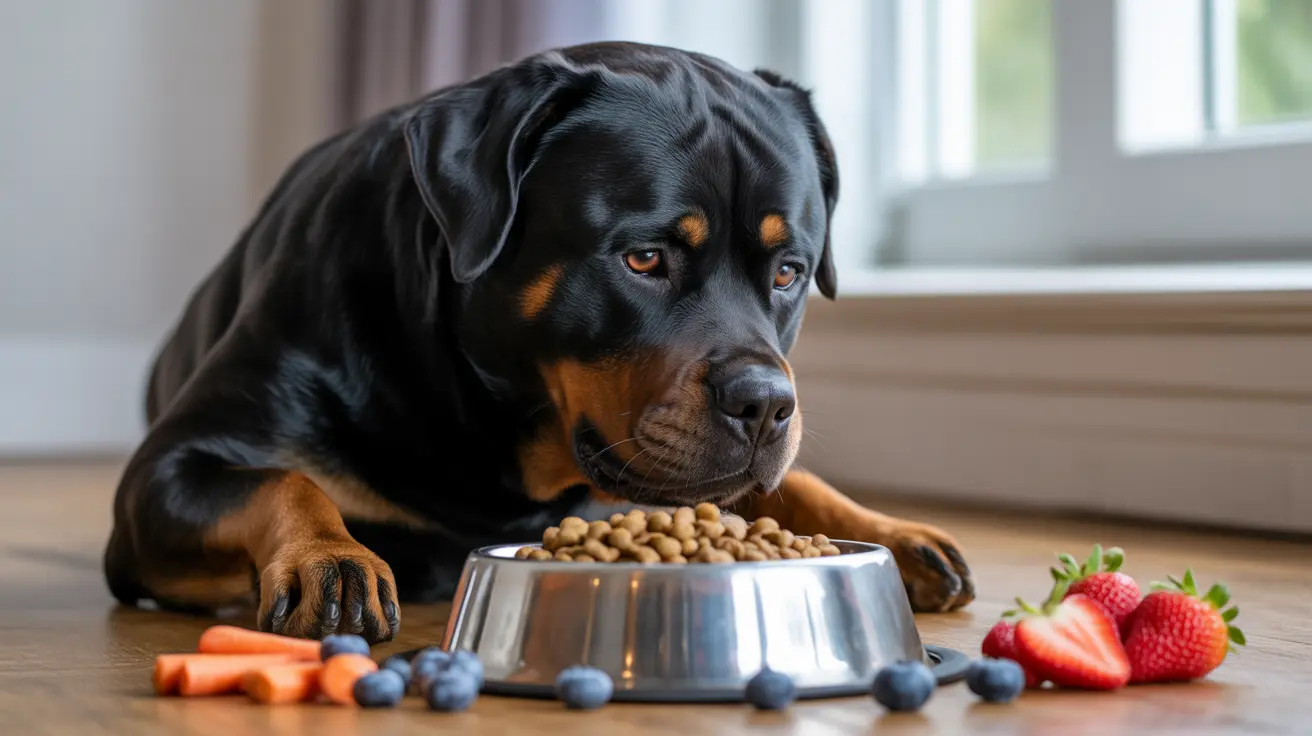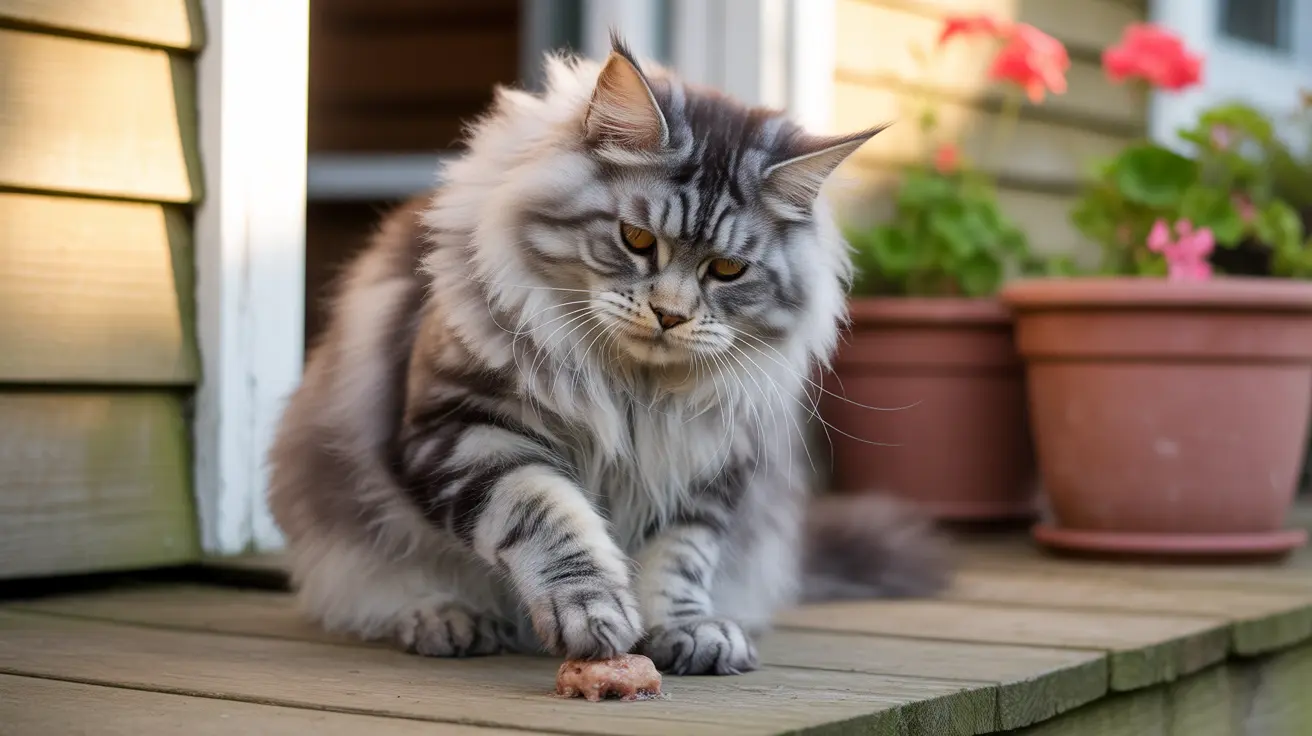Understanding Cat Wine: A Special Treat for Your Feline Friend
Cat wine is a quirky, alcohol-free beverage crafted just for cats. If you've ever wanted to share a celebratory toast with your pet, cat wine lets you do it—minus the risks associated with real wine. But what exactly goes into this feline-friendly drink, and why do some cats go wild for it?
What Is Cat Wine Made Of?
Unlike human wine, which contains alcohol and grapes (both toxic to cats), cat wine skips these ingredients entirely. Instead, it's typically made from:
- Filtered or purified water
- Organic catnip extract
- Natural colorings (often beet juice)
- Sea salt
Some brands add extras like salmon oil, valerian root, or other flavors to make the beverage even more enticing. For instance, Apollo Peak's blends include beet juice for color and sometimes fish oil for added appeal. Pet Winery's version uses salmon oil to provide omega-3 fatty acids that can benefit your cat's coat and joints.
How Does Cat Wine Work?
The main draw for most cats is the catnip extract. Catnip contains nepetalactone, a compound that triggers playful or hyperactive behavior in many felines. When a cat sniffs or ingests catnip (or drinks something infused with its oils), you might see them rolling around, flipping over, or chasing imaginary prey. Some blends also use valerian root, which can have similar effects.
The effects of catnip are temporary—usually lasting just a few minutes—and not all cats respond to it. Sensitivity to catnip is genetic; some cats are totally indifferent while others become instantly energized.
Is Cat Wine Safe?
The ingredients in reputable cat wines are generally considered safe because they're food-grade and free of toxins like alcohol or grapes. However, there are a few things to keep in mind:
- Certain natural colorings (like beet juice) contain sugars that may not be suitable for diabetic or sensitive cats.
- A small amount of preservatives such as sodium benzoate or potassium sorbate may be present—these are safe in low doses but could be harmful if consumed excessively.
Vets agree that while these products aren't toxic, they don't offer significant nutritional benefits either. Think of them as an occasional novelty treat rather than a dietary staple.
How Should You Serve Cat Wine?
- Poured into a shallow dish or bowl—just like water.
- Offered as an occasional treat during special moments (maybe on your pet's birthday or during social gatherings).
You shouldn't use cat wine as a substitute for regular water or meals. Always monitor your pet's reaction and consult your vet before introducing new foods or drinks—especially if your cat has health issues.
Homemade Alternatives
- Brew "catnip tea" by steeping organic catnip in water and letting it cool before serving.
- Freeze plain chicken broth (no onion, garlic, or seasoning) into ice cubes as an extra treat on hot days.
Avoid giving your cat any beverage containing alcohol—even tiny amounts can cause serious health problems like vomiting, diarrhea, breathing difficulty, seizures, coma, or even death.
The Fun Factor: Why Do People Buy Cat Wine?
The appeal of cat wine is mostly about sharing an experience with your pet—it’s playful and makes for great photos at parties or on social media. Brands like Apollo Peak and Pet Winery have created lines with whimsical names like Pinot Meow and MosCATo to add to the fun.
- Some owners find their cats love the taste and aroma.
- Others report their pets show little interest—especially if they're not sensitive to catnip.
Your mileage may vary depending on your individual feline's preferences!
Related Products: Dog Beer
If you have both dogs and cats at home, you might notice dog beer alongside cat wine on store shelves. Dog beer is also non-alcoholic and usually made from vegetable broth and spent grain left over from brewing—again intended as an occasional treat rather than daily fare.
A Final Word on Novelty Pet Drinks
If you're looking for ways to spoil your furry companion safely—and maybe snap some adorable photos—cat wine can be a fun choice. Just remember: moderation matters, check the ingredient list carefully if your pet has health conditions, and always prioritize their regular diet over novelty treats. For some cats it's just another dish; for others it's the highlight of their day!





